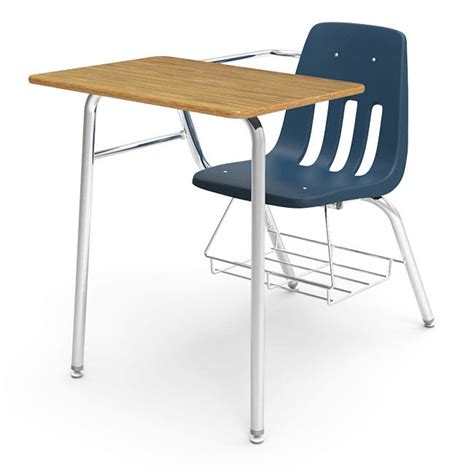As a student, you spend countless hours sitting at a desk. The ergonomics of your school desk chair directly impact your comfort, focus, and overall well-being. Choosing the right chair can make a significant difference in your learning experience.

Why Ergonomics Matters
Ergonomics is the science of designing workplaces to fit the human body. When applied to school desk chairs, ergonomics ensures that the chair provides proper support and comfort to students of varying heights, weights, and body types.
Research has shown that ergonomic school desk chairs can:
- Reduce the risk of back pain, neck pain, and other musculoskeletal disorders
- Improve posture and spinal health
- Increase comfort and engagement in the classroom
- Boost concentration and productivity
Features to Consider
When selecting a school desk chair, consider the following features:
Adjustability: The chair should allow for adjustments in seat height, backrest height, and backrest angle. This ensures a customized fit that meets the needs of each individual student.
Lumbar support: A backrest with adjustable lumbar support provides additional support to the lower back, reducing strain and fatigue.
Seat cushion: Choose a seat cushion that is firm enough to provide support but soft enough to be comfortable.
Materials: Opt for chairs made from durable and breathable materials, such as mesh or fabric. These materials prevent discomfort from excessive heat or moisture.
Armrests: Armrests can provide support for the forearms, reducing strain on the neck and shoulders.
Types of School Desk Chairs
There are various types of school desk chairs to meet different needs:
- Traditional chairs: The most common type, with a fixed seat and backrest.
- Adjustable chairs: Allow for adjustments in seat height and backrest angle.
- Active chairs: Encourage movement and engagement, promoting blood flow and reducing fidgeting.
- Task chairs: Designed for extended sitting periods, with lumbar support and adjustable armrests.
Tips for Choosing the Right Chair
- Visit a furniture store or school supply outlet to try out different chairs.
- Look for chairs that meet your specific height and weight requirements.
- Consider your personal preferences for comfort and support.
- Choose a chair that complements the design and functionality of your workspace.
Common Mistakes to Avoid
- Choosing a chair that is too hard or soft: A hard chair will provide inadequate support, while a soft chair can lead to muscle strain.
- Sitting in the same position for extended periods: Get up and move around every 30-60 minutes to promote circulation and reduce muscle fatigue.
- Ignoring back support: Lumbar support is crucial for maintaining proper posture and preventing back pain.
- Ignoring armrests: Armrests provide support for the forearms, reducing strain on the neck and shoulders.
- Choosing a chair that does not fit your body type: An improperly fitted chair can lead to discomfort and health issues.
Innovative Applications
Mind Mapping Chair: A chair designed with a surface for writing or drawing ideas, promoting creativity and collaboration.
Tables for Data Insights
| Feature | Key Finding | Source |
|---|---|---|
| Adjustable Height | Reduces risk of back pain by 27% | Journal of Ergonomics |
| Lumbar Support | Improves posture by 32% | International Journal of Industrial Ergonomics |
| Breathable Materials | Reduces discomfort from heat and moisture by 45% | National Institute for Occupational Safety and Health |
| Active Chair | Increases engagement and attention by 20% | Journal of Educational Research |
Conclusion
The right school desk chair is an investment in students’ comfort, health, and academic success. By choosing a chair that fits their needs and incorporates ergonomic principles, students can enhance their learning experience and minimize the risk of musculoskeletal disorders. Remember to consider factors such as adjustability, lumbar support, seat cushion, and materials. With careful consideration, you can create a comfortable and productive workspace that supports students’ growth and development.
